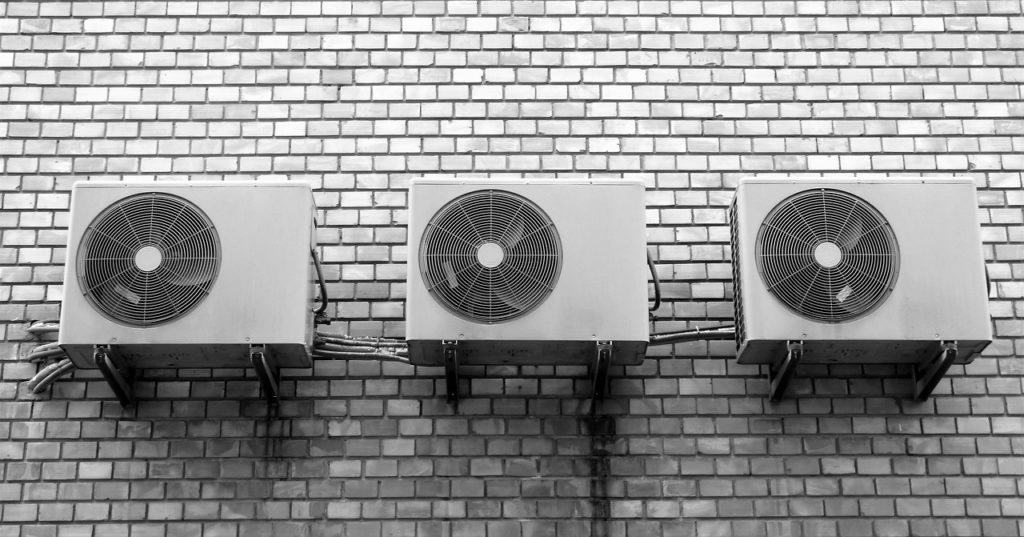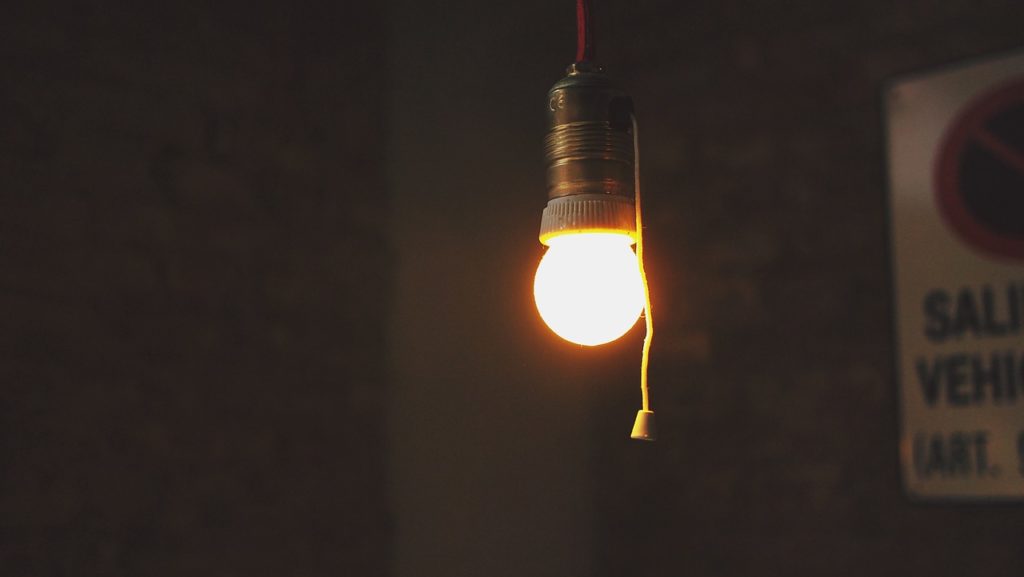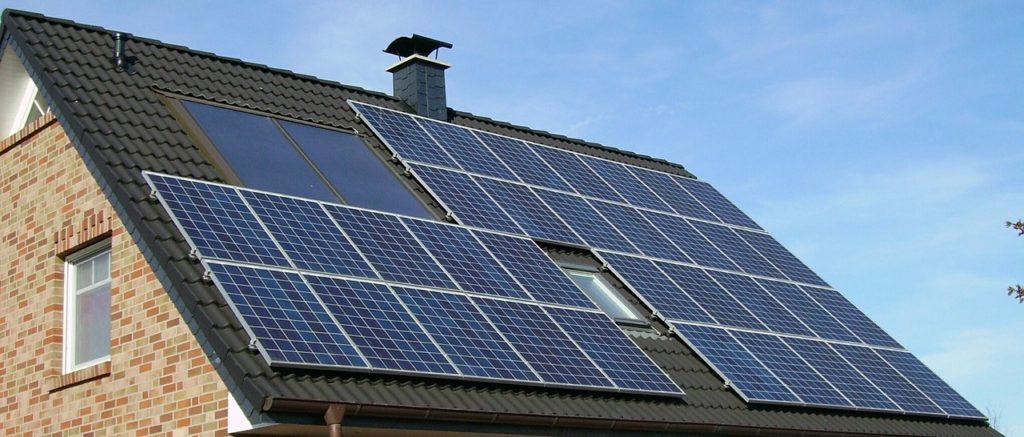You Can Save Electricity at Home
As time goes by, one question always remains relevant: “how can I lower my electric bill?”. The quick answer is to be smart with your electrical consumption. But that’s not good enough, is it? According to the U.S. Energy Information Administration (EIA), 48% of energy depletion goes towards heating and cooling homes.
Significantly in the past 15 years, appliances, lighting, water heating, and electronics have increased intake and are now the cause of 52% of electrical consumption in homes all over The United States. Adding to this, every year there is an increase in costs of over 2% in the national electricity.
Going back to our quick answer (be smart with your electrical consumption) and keeping in mind the previous information, we can now start looking for real solutions. Here are 4 things to take into consideration when saving electricity at home.
1. Be smart with your Air Conditioning

Air conditioning seems to be a necessity with all the hot temperatures year long. Let’s take for example a place like Florida, which is one of the hottest states with a very warm and humid climate, forcing citizens to seek artificial cooling. An energy chart form the city of Santa Clara in California shows that a central air conditioner costs approximately $0.33 per hour in consumption. So if you do that math, leaving the AC on for 6 hours will cost you almost $2 dollars a day, $14 in a week and $55 in a month.
Reducing the amount of time your AC is on will have a strong impact on your monthly bill. Thinking about it this way can help you calculate how much you will spend on average. We tend to cool our rooms for a couple of hours before going to bed, but this isn’t necessary. By cutting a few hours every month, you’ll notice a significant positive change in your wallet.
2. Avoid “Vampire Energy”

This may seem like a no-brainer but many times we leave the light on when there’s nobody in the room. This may also apply to leaving on your television set, game consoles, computers or other electronic appliances. One of the best ways to make sure you’re not consuming unnecessary electricity is to shut off various appliances.
But that’s not all. Are you aware that keeping electronics plugged in can consume small amounts of electricity? Leaving things plugged in over the span of a year can have a noticeable effect in your electrical consumption. This form of consumption is called Vampire Energy. It can be the cause of up to 5% of residential energy usage.
Nationwide this sums up to be $3 Billion dollars every year, according to the EIA, wow. So remember if you’re not using it, there’s no need to have it plugged in. Unplug or shut off your power strips with a click of a button. That way you won’t need to worry about individual appliances and electronics. Stay smart, stay unplugged.
3. Sunlight is your friend

Ideal distributions around your home to better adjust to sunlight is perfect for saving electricity. If you’re working from home, reading a book or just enjoying spare time with friends, allowing the sun to shine is always a great option. Another great use for the sun is to dry your clothing. You don’t always need to dry your clothes in the dryer.
Many families turn on lights in and around the house and forget to shut them off. Open the windows and let the light rays surround your home. Sometimes it’s all about adjusting your room to better fit the natural lighting coming in from outside. If you want to use the sun’s rays to its full advantage, you’ll like our next entry.
4. Invest in solar panels

Out of all the options, this is the only one where you’ll need to invest not only time but money. Most American families spend over $1200 a year paying their electrical bills (not counting other expenses.) Switching to solar panels is not always an easy thing to do, especially due to its high price, but you’ll see its benefits short-term. Solar panels are a great way to capture the sun’s rays and converting it into energy, to later be used to power your home. You’re not only saving thousands of dollars in the span of a decade, you’re also contributing to a clean environment free of CO2. Solar panels are some of the best alternatives for renewable energy sources.
If you are conscious about budget, make sure to investigate which solar panel works for you (Monocrystalline, polycrystalline or amorphous). Find out what is the best amount of solar panels you need and or can afford before making the decision. You might want to start by figuring out how much electricity you regularly consume. This will give you an idea of how many grids you will want to acquire for your home.
Hopefully, some of these tips if not all can help cut your electrical consumptions. You’re free to try other smart alternatives that can fit your demands. Stay smart, and stay clean.

